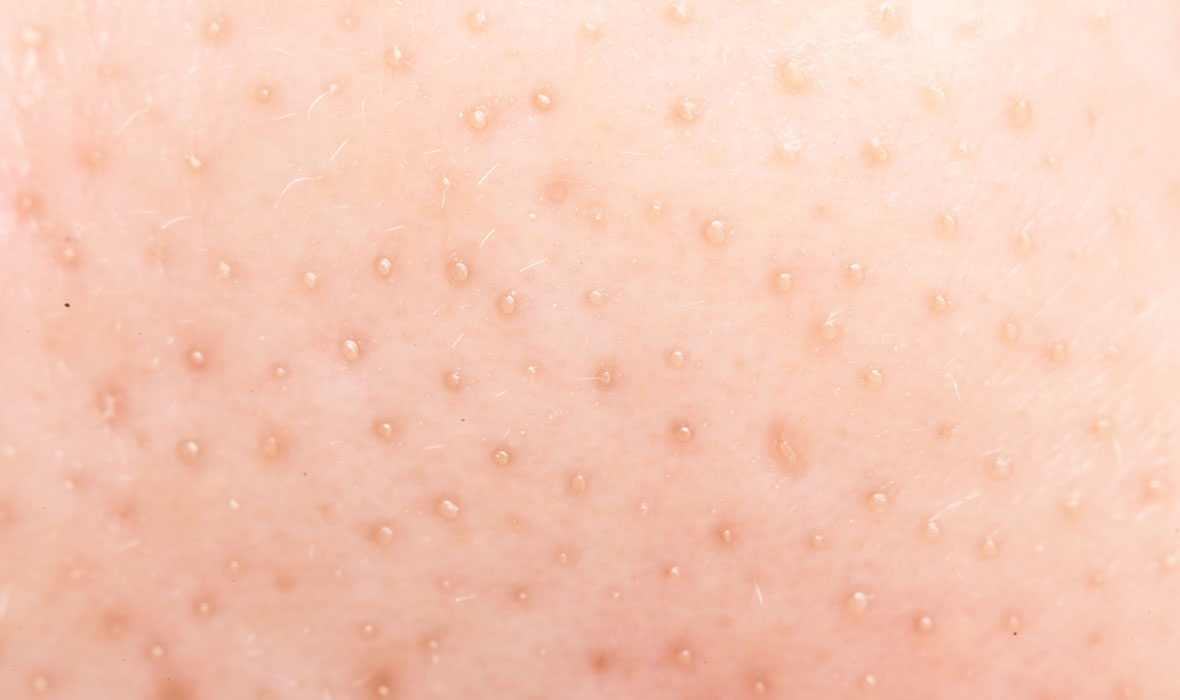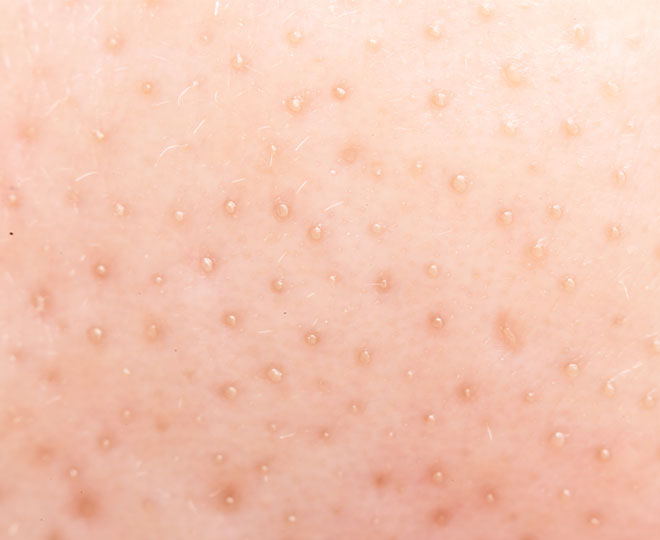Acne can be a get a bit confusing sometimes, especially when you think you know what you’re dealing with but find out it might be something you’ve never even heard of. And now you’re about to learn that those tiny dark spots on your face might not even be blackheads!
Instead, those dark spots that look like blackheads, but act very different, may be sebaceous filaments.
You’re probably now wondering, "What are sebaceous filaments?". Don’t worry, you’re about to learn what sebaceous filaments are and how to tell the difference between blackheads and sebaceous filaments so you can get proactive about your skincare for your healthiest, clearest-looking skin possible.
What are sebaceous filaments?
Beneath the skin’s surface lie tiny glands that create sebum, an oily substance that helps lubricate the skin. Usually unnoticeable and harmless, sebaceous filaments are thin, hair-like structures that allow sebum to flow to the surface of the skin to help keep your skin moist and protected.
They’re commonly mistaken as blackheads because they appear as specks across skin’s surface.
Sebaceous filaments are made of wax esters, squalene and triglycerides. They live in the lining of pores and their main purpose is to direct the flow of sebum to moisturize this lining.
If you’re like most people, you’ll rarely notice them if ever. They’re only visible when an excess of sebum fills up the lining of your pores. However, if you have large pores and oily skin, you’re more likely to see them.
As part of your pores’ structure, sebaceous filaments are concentrated around your forehead and nose. You should also know that they very rarely form blackheads, but can.
How are blackheads and sebaceous filaments different?
When dead skin cells and sebum gather at the opening of your pore, this bump they form is known as a comedo. Blackheads are comedos (AKA pimples) that oxidize and turn black when exposed to air. So, blackheads are known as open comedones.
Though blackheads and sebaceous filaments can look almost identical, they don’t act the same.
Sebaceous filaments help direct oil to the skin to keep it moisturized and protected. But, when too much sebum gets produced and dead skin cells aren’t sloughed away fast enough, sebum and dead skin cells can mix with dirt and bacteria, clogging pores and potentially, forming a blackhead.
How to treat blackheads
Trying to squeeze out your own blackheads can lead to infection, hyperpigmentation, longer healing time and potentially permanent scarring.
The best way to treat blackheads is to stick to a regular skincare regimen that includes cleansing and exfoliating. That way, you can keep your pores clear of excess sebum and debris. Plus, this will help your sebaceous filaments do their job effectively — without clogging your pores.
Benzoyl peroxide can help reduce excess oil. It’s also the featured ingredient in our Proactiv Solution® Acne Treatment System. This system features benzoyl peroxide — designed to penetrate deep into pores.
Retinoids, including adapalene, can also help treat blackheads as they accelerate dead skin cell turnover, helping to keep your pores clean. Adapalene is the star ingredient of the ProactivMD® 3-Piece System.
Not sure which system will work best for your skin? Check out all of our acne-fighting, pore clearing systems.
The bottom lineThough it may be tricky to figure out exactly what’s going on in your skin situation, especially when it comes to blackheads vs. sebaceous filaments, remember that knowledge is power. Always ask your dermatologist if you’re unsure, and rest assured knowing that proactiv has the products you need to keep your skin looking and feeling smooth and healthy.






